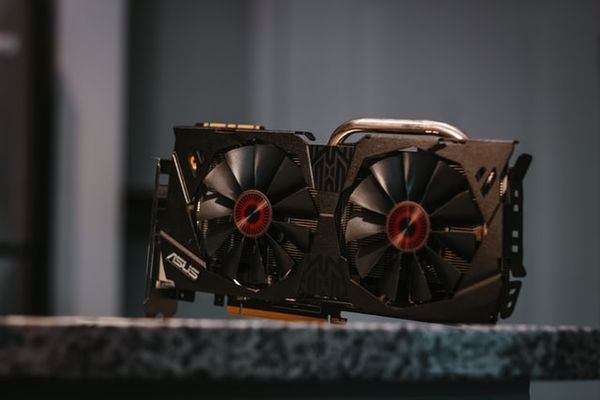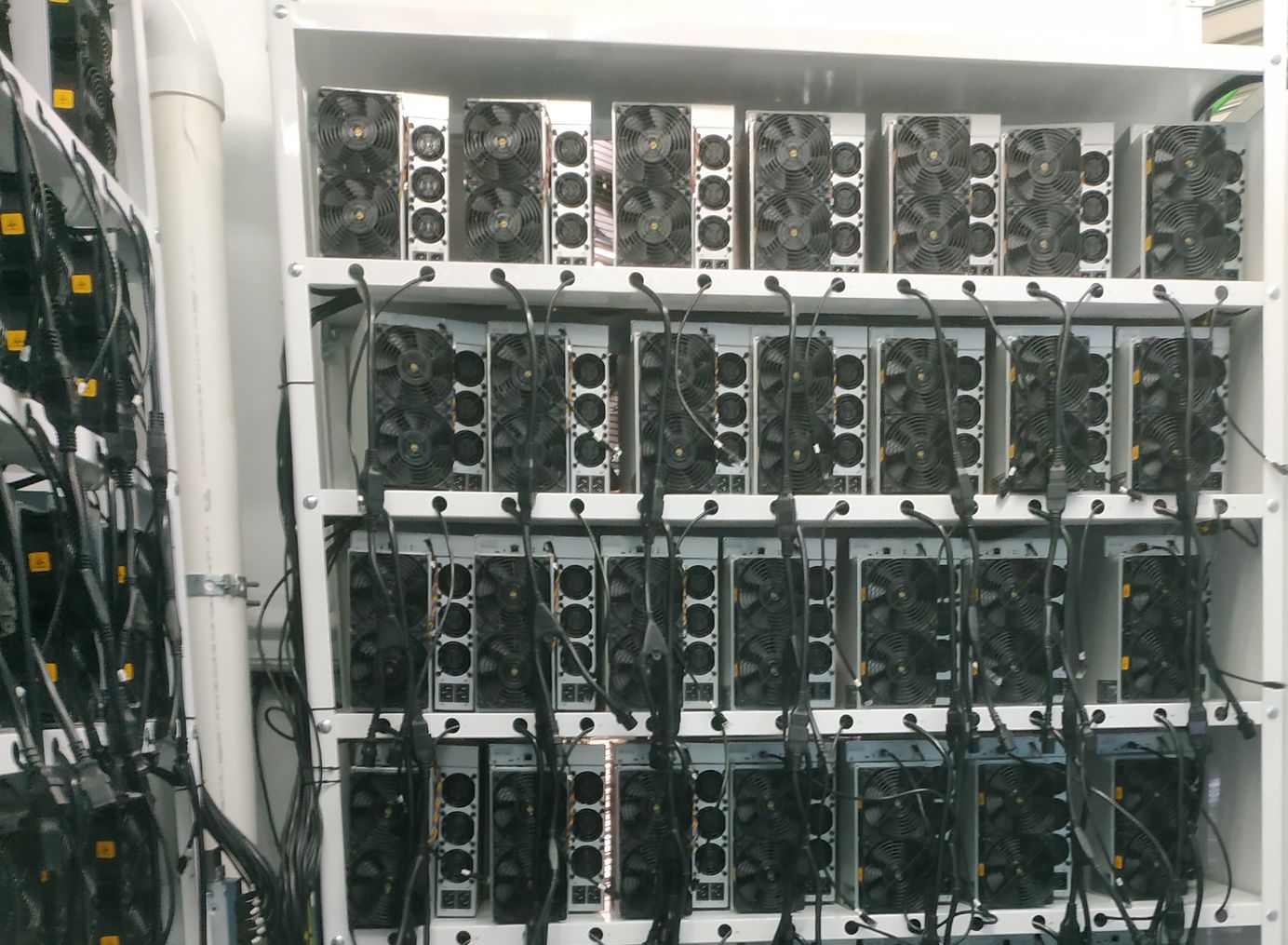
What Happens to Ethereum Mining If Ethereum Switches to Proof-of-Stake?
Ethereum is supposed to transition to Proof-of-Stake. If it does, what does this mean for Ethereum miners?
Proof of stake may be coming to Ethereum.
The second largest crypto network’s long-anticipated switch from Proof-of-Work (PoW) to Proof-of-Stake (PoS) has been in the works for years. First announced in 2017, the migration to the so-called Ethereum 2.0 would change Ethereum’s consensus algorithm from the same energy intensive mining that secures Bitcoin’s blockchain to validator model, where so-called validators lock ETH into staking nodes which give them the privilege to order transactions into blocks and claim block rewards.
Ethereum developers have been chipping away at the upgrade for years, releasing successive hardforks to alter the Ethereum base layer in anticipation of the migration.
Even though Ethereum’s developers and community plan to scrap PoW entirely, miners have continued to scale their ETH mining operations extensively. This is partly due to the fact that mining ETH has been incredibly lucrative, but it also stems from the fact that there is no clear timeline for when Ethereum 2.0 will go live.

As such, these miners are betting against the clock, in a way, but what will happen when Ethereum finally makes the transition?
When Will ETH 2.0 Launch
First thing’s first, when exactly should we expect Ethereum 2.0 to hit mainnet?
The long short: no one knows, not even Ethereum protocol developers. Launch dates have been roughly set (the latest being in October), but these have been consistently pushed back (something we expect with the October launch date, as well).
Still, developers have made headway. The cornerstone of Ethereum 2.0, the beacon chain, for example, went live in November of last year. This chain will be the backbone of the new network, and users have already begun staking the 32 ETH required to run a validtor in Ethereum 2.0 on the beacon chain.
It’s a one-way street though; once ETH is locked in the beacon chain smart contract, it can’t be withdrawn to the legacy Ethereum blockchain (or ETH 1.0, as some call it).
To date, the contract has over $23 billion of ether locked away.
What Will Ethereum Miners Do When ETH 2.0 Launches?
This is the million dollar (or million ether, rather) question.
Some miners may opt to stake ETH in lieu of mining it, though this will likely be a minority, as most miners have to sell ETH to pay for operations (and most don't hold a significant amount of ETH, opting instead to convert it to BTC, stablecoins, or fiat currency). Plus, the amount of network share they would get from staking would be miniscule compared to the share of hashrate from their hardware, which they’ve spent significant money on.
Given the cost of their hardware, most miners will want to continue to use their machines to mine cryptocurrencies. As such, we see two available options:
- Miners may mine other PoW coins with their hardware. Those running GPUs will likely switch to whatever is the most profitable, but those who have purchased Ethereum ASICs will only be able to switch to Ethereum Classic and/or Ravencoin
- Miners continue to mine the Ethereum 1.0 chain. This will only be feasible, though, assuming that a major exchange keeps trading alive for Ethereum 1.0.
The second scenario is less likely, but not impossible. In fact, one mining pool told Luxor that they would continue mining Ethereum 1.0 under such a circumstance “If it’s profitable or looks promising.” But again, this is contingent on a popular exchange supporting the asset to give it sufficient liquidity.
What Happens to the GPU Mining Market After ETH 2.0?
As examined in the first of the two scenarios above, some Ethereum miners will no doubt continue to mine other coins with their GPUs.
But others may opt to sell their GPUs on the open market if they don’t feel comfortable with the risk profile of mining lower-cap altcoins. However, this depends on multiple variables, such as the miner’s power purchase agreement terms, the leasing terms on their farm (if they have any), and other factors.
As Nick Foster from Kaboomracks told Cointelegraph last year, those who are under contract for power or rack space won’t just liquidate their machines—they’ll mine other coins because they need to pay their bills.
“I can’t imagine how much of a dork I would be if I found a five-year lease with $0.04 power, and I was mining ETH and I decided to sell everything and just keep paying my lease so I could stake ETH as a replacement," Foster said in the interview
As such, even though Ethereum has the largest GPU mining share of any cryptocurrency, it’s hard to say for certain what a switch to PoS would mean for GPU prices, but it wouldn’t be surprising to see GPU prices come down a little after the switch as some miners liquidate their inventories.
Hashrate Index Newsletter
Join the newsletter to receive the latest updates in your inbox.







